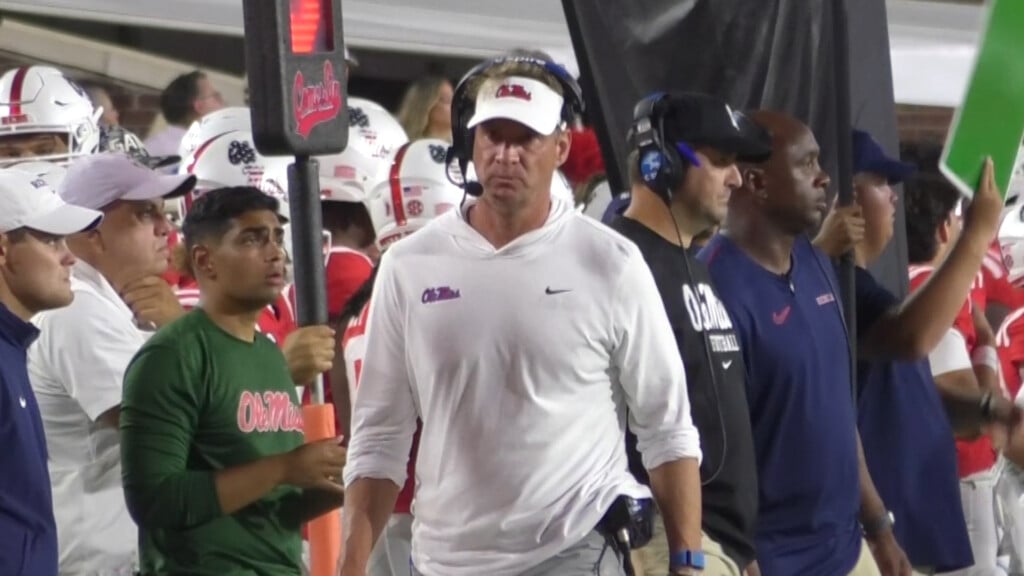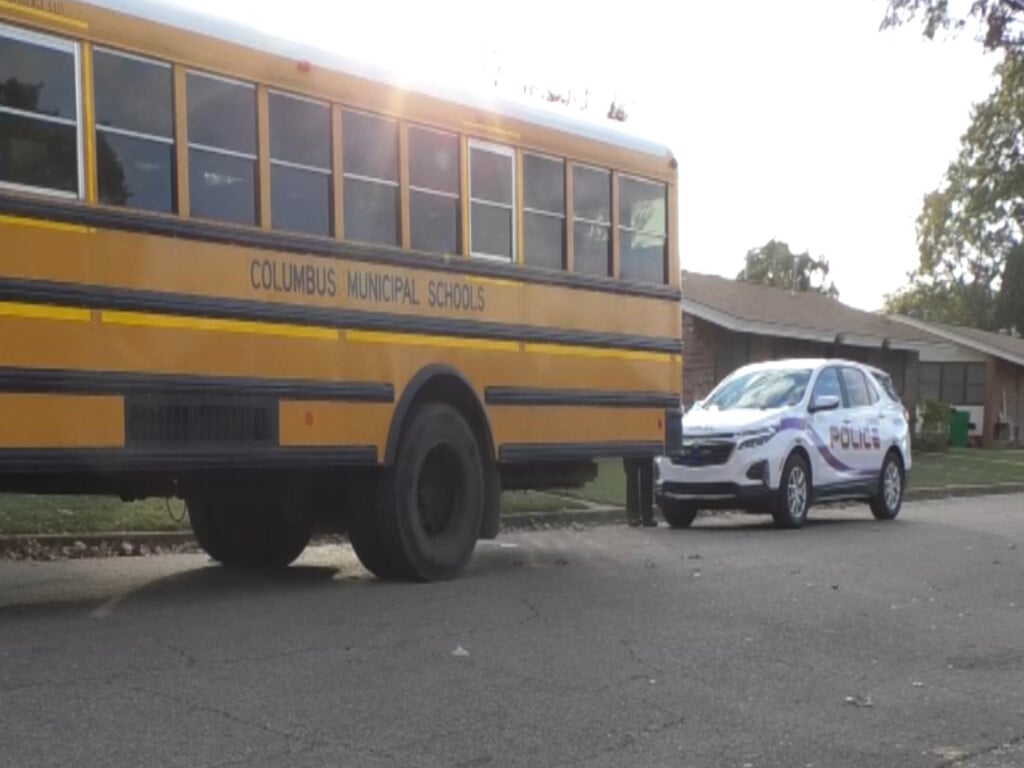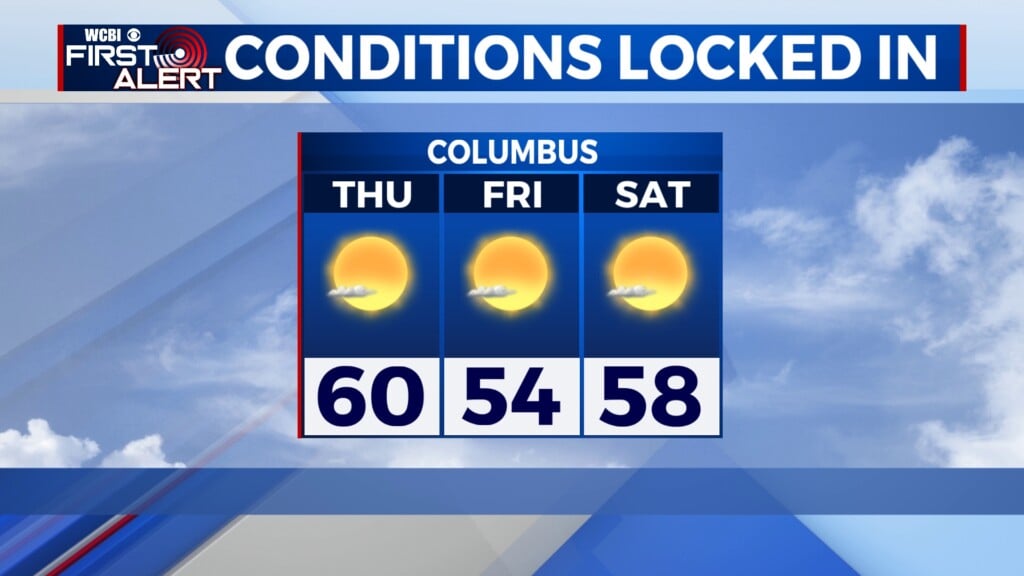State Among Most Vulnerable to Gas Price Swings, Study Finds
WASHINGTON – With the busy Thanksgiving travel weekend ahead, a new study highlights a picture of two Americas when it comes to dependence on oil, with drivers in some more rural states paying twice as much as a percentage of their incomes for gas compared to drivers in other more urban states.
The study, the sixth annual “Fighting Oil Addiction: Ranking States’ Gasoline Price Vulnerability and Solutions for Change,” by NRDC and David Gardiner & Associates, also found a wide gulf between states that help travelers by promoting public transit (bus, shuttles, trains or light rail), smart growth and fuel efficiency, compared to states that do little or nothing to expand less oil dependent forms of transportation.
The report shows the leaders and laggards in efforts to reduce America’s dependence on oil, a key source of air pollution and carbon pollution causing global climate change and extreme weather such as Hurricane Sandy.
“The truth is, we must continue fighting to reduce our dependence on oil,” said Deron Lovaas, NRDC’s federal transportation policy director. “Whether it’s by states advancing public transit, clean fuels and smart growth, or by the government supporting development of advanced vehicles and actions that save oil, more steps must be taken to end an addiction that harms our wallets, economy and environment.
“With forecasts that more than 43 million Americans will be on the road this Thanksgiving, let’s give thanks for policies underway that are starting to curb our oil use, and hope for more help for travelers in the near future,” Lovaas said.
The NRDC report finds that oil dependence affects drivers in all states, but it hits some harder than others. Drivers in every state paid a higher percentage of their income for gas in 2011 than in 2010. Drivers in 42 states were affected more in 2011 by gas costs than during the previous peak of vulnerability in 2008. And on the state level, some states are pioneers in reducing oil dependence, but many states are taking few meaningful steps. Click here for the report.
With respect to leaders, the report shows that the 10 best states for promoting policies that reduce dependence on oil are: #1 California, #2 Oregon, #3 Washington, #4 Massachusetts, #5 New York, #6 Connecticut, #7 Maine, #8 Maryland, #9 Rhode Island and #10 Vermont.
In comparison, the 10 states that do the least to curb oil dependence are: #50 Nebraska, # 49 Alaska, #48 Mississippi, #47 Idaho, #46 North Dakota, #45 Arkansas, #44 Indiana, #43 South Dakota, #42 Wyoming, #41 Kansas and #40 Utah.
Examining oil dependence on a personal level, the report ranks the states by how vulnerable drivers are to high gasoline prices by analyzing 2011 gasoline price data, incomes and gas usage in each state.
For the sixth year in a row, Connecticut ranked first as the state where drivers spend the lowest percentage of their income—about 3.5 percent—on gasoline. At the other end of the spectrum, again for the sixth year, drivers in Mississippi are the most vulnerable to high gas prices. They pay more than two-and-a-half times as much of their income –almost 9 percent—on gasoline.
The 10 states where people pay the lowest percentage of their income on gasoline are: #50 Connecticut, #49 New York, #48 New Jersey, #47 Rhode Island, #46 Massachusetts, #45 Washington, #44 Colorado, #43 Hawaii, #42 Maryland, #41 Pennsylvania.
The 10 states where people are the most vulnerable because they pay the highest share of their income on gasoline are: #1 Mississippi, #2 West Virginia, #3 South Carolina, #4 Kentucky, #5 Oklahoma, #6 Texas, #7 Georgia, #8 Iowa, #9 New Mexico and #10 Arkansas.
“Drivers in the most vulnerable states are really feeling the painful pinch of gasoline prices much more than those in other states,” said Dave Grossman, Senior Consultant at David Gardiner & Associates. “At the same time, a number of responsible states are promoting clean fuels, low carbon fuel standards, efficient vehicles, smart growth, and public transit in order to reduce their oil dependence. Other states should follow their lead.”
A recent poll by NRDC showed Americans strongly support additional government investment to improve public transportation – buses, trains and light rail – instead of new highways as the best way to solve America’s traffic woes.
On the federal level, the oil addiction report calls on the Obama Administration to complement state initiatives. It credits the administration’s steps to set dramatically higher fuel-efficiency standards for cars and trucks as the biggest step ever taken to cut oil dependence and pollution causing climate change. But it says efforts shouldn’t end there. The federal government should lower barriers to new adopters of advanced vehicles and alternative fuels, and implement a two-year transportation bill Congress passed last summer in ways that save oil.





Leave a Reply